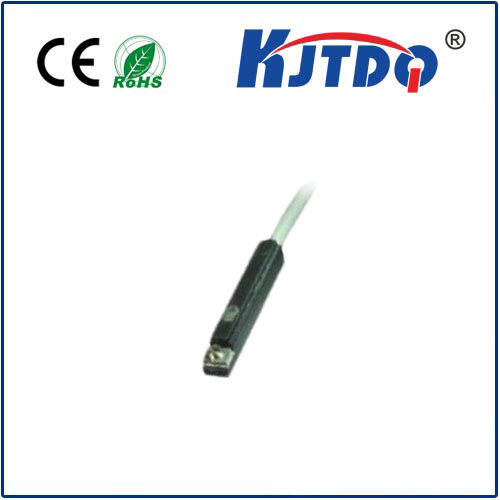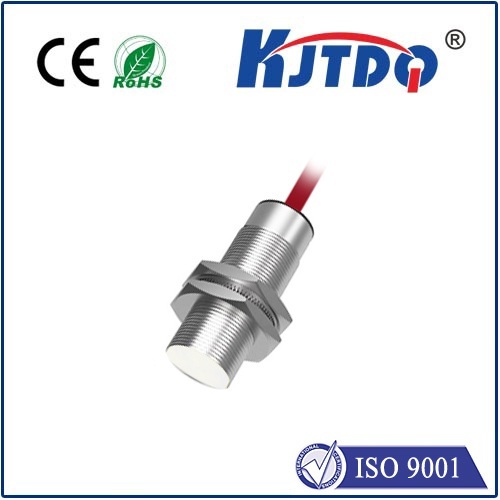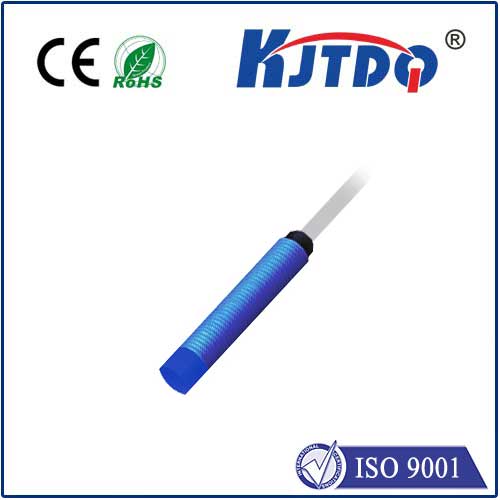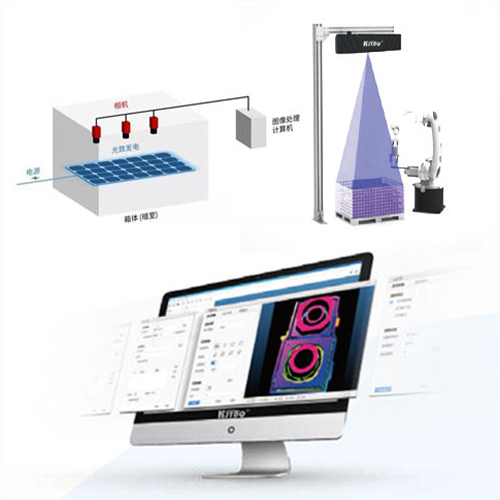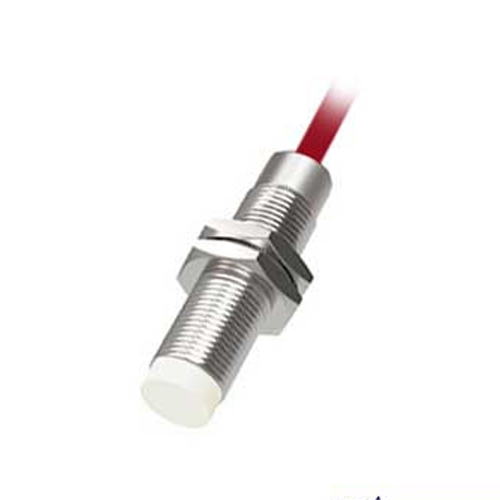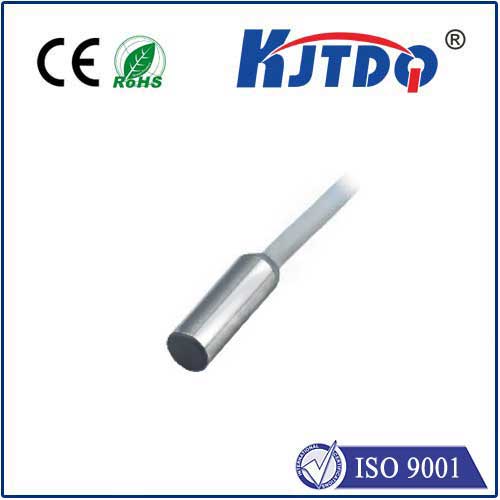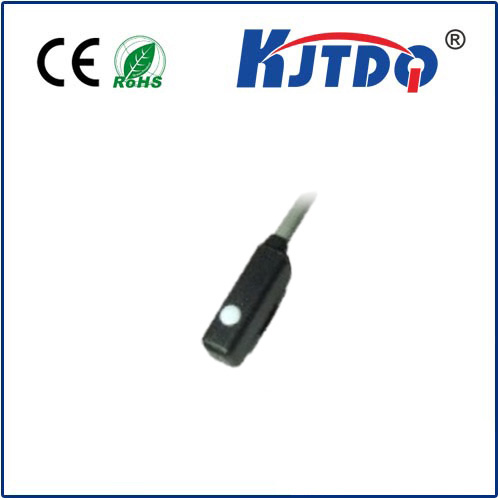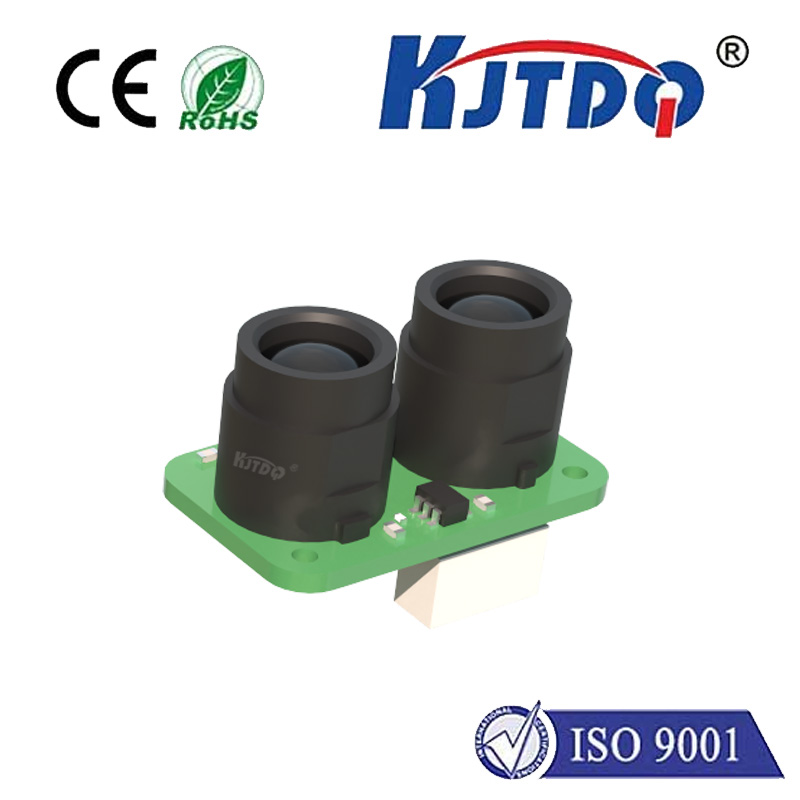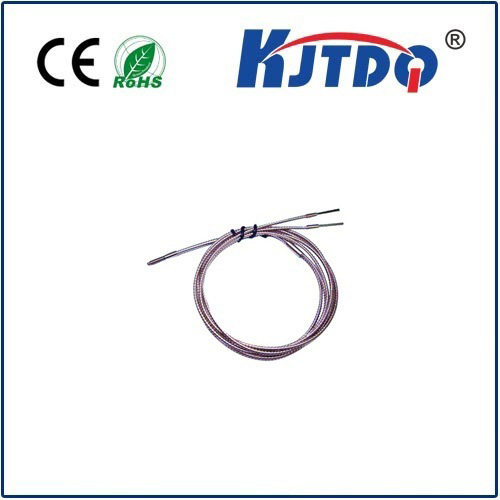lcm1 3022p aru4 proximity sensor
- time:2025-06-26 01:01:22
- Click:0
Demystifying the lcm1 3022p aru4: A Reliable Proximity Sensor for Demanding Automation
In the intricate dance of modern automation, where precision and reliability are non-negotiable, components like proximity sensors perform essential, often unseen, roles. Among these critical components, the lcm1 3022p aru4 proximity sensor emerges as a noteworthy solution designed for robust industrial applications. But what exactly is this device, where does it excel, and why might it be the optimal choice for your specific needs? This deep dive explores the capabilities and applications of this specific sensor model.
Understanding Proximity Sensors: The Foundation
Before focusing on the lcm1 3022p aru4, it’s crucial to grasp the fundamental role of proximity sensors. These are electronic devices engineered to detect the presence or absence of an object within their sensing range without any physical contact. They achieve this feat using various principles, the most common being:

- Inductive Sensing: Detects metallic objects via changes in an electromagnetic field.
- Capacitive Sensing: Detects both metallic and non-metallic objects (liquids, plastics, wood) by sensing changes in capacitance.
- Ultrasonic Sensing: Uses sound waves to detect objects and measure distance.
- Photoelectric Sensing: Employs light beams (visible or infrared) to sense objects.
The lcm1 3022p aru4 is almost certainly an inductive proximity sensor, given the typical naming conventions of such industrial components. Inductive sensors are prized for their exceptional durability, resistance to harsh environments (dust, moisture, oil), and high reliability in detecting metal targets.
The lcm1 3022p aru4: Engineered for Industrial Performance
While specific, publicly available datasheets for lcm1 3022p aru4 might be limited (often proprietary to the manufacturer or distributor), we can deduce its key characteristics based on standard industrial inductive proximity sensor classifications implied by the model number:
- Robust Construction: Designed to withstand the rigors of factory floors, featuring typically sturdy housing materials like nickel-plated brass or stainless steel. This ensures longevity in environments with vibration, shock, and potential chemical exposure. The “ru” in the designation often signifies a degree of ruggedness or specific sealing.
- Non-Contact Detection: Provides wear-free operation, eliminating mechanical failure points associated with physical contact switches, leading to lower maintenance costs and higher uptime.
- Short to Medium Sensing Range: Inductive sensors generally have sensing ranges from fractions of a millimeter up to several centimeters. The specific range of the lcm1 3022p aru4 would be defined by its exact model variant but falls within typical industrial inductive sensor parameters. The “p” might indicate a specific sensing range profile or mounting style.
- Output Configuration: Likely features a standard PNP (sourcing) or NPN (sinking) transistor output, compatible with Programmable Logic Controllers (PLCs) and other industrial control circuitry. Common configurations include Normally Open (NO) or Normally Closed (NC).
- Connection Style: Often utilizes a quick-disconnect M8 or M12 connector (the “aru4” likely specifies this connection type and potentially coding), enabling easy installation, replacement, and wiring.
- Environmental Protection: Expected to have a high IP (Ingress Protection) rating, such as IP67 or IP68, meaning it’s dust-tight and protected against prolonged immersion in water, crucial for washdown areas or outdoor use. The “4” in “aru4” could relate to this sealing standard.
Where the lcm1 3022p aru4 Proximity Sensor Shines: Key Applications
The inherent strengths of inductive proximity sensors like the lcm1 3022p aru4 make them indispensable across numerous sectors:
- Automated Manufacturing & Assembly Lines: Detecting the presence or position of metallic parts on conveyors, verifying component insertion, counting products, monitoring robot end-of-arm tooling position, and confirming fixture clamping. Their reliability ensures smooth, uninterrupted production flow.
- Packaging Machinery: Used for detecting metallic components on packaging lines, verifying the presence of cans, lids, or foil seals, and controlling filling levels (using targets). Their resistance to contaminants is vital here.
- Material Handling: Confirming pallet presence on lifts or conveyors, detecting forks on forklifts, and signaling the position of automated guided vehicles (AGVs). Durability is paramount.
- Machine Tooling: Monitoring tool position, verifying workpiece clamping, detecting tool breakage (if metallic), and controlling coolant flow based on tool presence. Precision and resistance to metal chips/swarf are critical.
- Automotive Industry: Found extensively in engine assembly, welding robots, paint shops, and final assembly for part verification, position feedback, and safety interlocks. High vibration resistance is essential.
- Food & Beverage Processing (Where Applicable): Used in areas requiring detection of metallic machinery parts or targets, provided the sensor housing meets necessary hygiene standards (though capacitive sensors are often preferred for direct food contact detection).
Optimizing Performance: Installation and Selection Insights
To leverage the full potential of the lcm1 3022p aru4 proximity sensor, consider these practical points:
- Correct Mounting & Alignment: Precision matters. Ensure the sensor is securely mounted and correctly aligned with the intended target path. Refer to manufacturer guidelines for flush or non-flush mounting specifications, as this significantly impacts the effective sensing range.
- Understand Sensing Range and Hysteresis: Be aware of the sensor’s rated sensing distance (Sn) and the inherent hysteresis (the difference between the switch-on and switch-off points). This prevents false or unreliable triggering. The “3022p” segment likely encodes this critical specification.
- Target Material Matters: Inductive sensors are optimized for ferrous metals (like steel or iron). Detection of non-ferrous metals (aluminum, brass, copper) requires careful attention as the effective sensing range is usually reduced significantly.
- Target Size and Shape: Ensure the target is large enough to reliably actuate the sensor within its specified range. Small or thin targets can be problematic.
- Environmental Considerations: While robust, ensure the sensor’s specified operating temperature range and IP rating are suitable for the specific application environment. Avoid excessive exposure to strong electromagnetic fields or welding currents.
- Electrical Compatibility: Verify the sensor’s output type (PNP/NPN, NO/NC) and voltage rating match your control system’s requirements. Proper wiring is essential to prevent damage.
Why Choose the lcm1 3022p aru4? The Compelling Advantages
Selecting a sensor like the lcm1 3022p aru4 brings significant benefits to industrial operations:
- High Reliability & Long Service Life: The non-contact principle and robust construction translate into **












